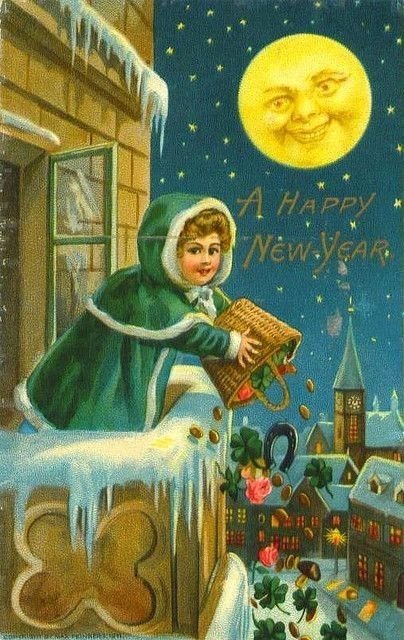
When it comes to the holidays, some things change and some things stay very much the same. One thing that has changed since the Victorian era is that fewer cards are now sent for the holidays. While we now typically see mass amounts of cards being sent for Mother’s Day, Christmas, and to a lesser extent, Valentine’s Day (I might be the only one keeping that tradition alive!), Victorians sent cards in the mail for all of the “main” holidays through the year, including Halloween, Thanksgiving, and New Year’s Day. These cards are a good look at the popular symbolism used at the time and the way that Victorians celebrated. For instance, did you know that pigs and clovers were common symbols used for New Year’s Day?
Once I discovered this I set off to see just how prevalent these two symbols, often used together, appeared on New Year’s greetings cards. And sure enough, the two symbols are so common that I found far too many to include in this post. I also uncovered other Victorian holiday traditions involving pigs that I found truly unique.
Let’s take a look at pigs and clovers in the Victorian New Year.
Pigs as a symbol of prosperity
Four leaf clovers have been symbols of luck and prosperity for thousands of years for what are possibly obvious reasons to many readers. Pigs, on the other hand, enjoyed peak popularity representing abundance during the Victorian era. I have to say, I really never thought about it before, but now that I have, I can’t believe I missed it!
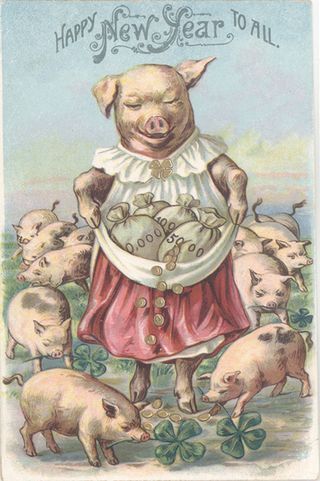
Farming was still a massive industry during the Victorian era and evidently, advances in how to feed livestock, new methods for breeding, and overall changes in farming culture led to pretty large increases in the size of livestock during the 19th century. Upper-class men took to bragging about the size of their animals, especially cows and pigs. Says Gastro Obscura:
“Fat cows, massive pigs, and obese sheep were prized as proof of their owners’ success in breeding for size and weight. Gentleman farmers used selective breeding to create quick-growing, heavy livestock. Along with breeding, new farming and feeding practices also produced larger animals. Rich farmers participated in agricultural competitions and read new research. They were called “improvers,” since they tried to improve on existing animal breeds. Methods such as feeding cows oil cakes and turnips for a final fattening up before slaughter became widespread. Even Queen Victoria’s consort Prince Albert became an improver, showing off his prize pigs and cattle.”
Prince Albert may have also been drawn to the hobby of livestock-bragging due to his German background. The pig has long been a popular symbol of luck in the country, dating back before his time and remaining to this day. I surmise that similar to the way that Prince Albert influenced the rise in the popularity of Christmas trees, he also influenced the pig catching on as a good luck symbol.
Whatever the case may be, using pigs to wish someone good luck for the year ahead was extremely common. Often clovers and pigs would be portrayed together, leaving no doubt to the intention behind the card.
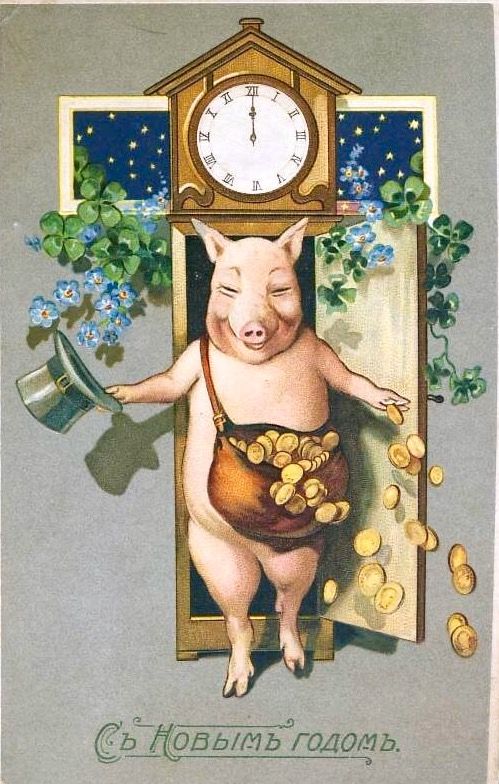
Peppermint Pigs
I am a little embarrassed to say that I wasn’t aware of the tradition of Christmas peppermint pigs before researching for this post, and now I can’t stop thinking about sending them to people next year. After learning about these funky holiday treats I tried to get some orders in but found them completely sold out. Getting my orders in is now on my Google calendar for next year!
Is this tradition new to you?
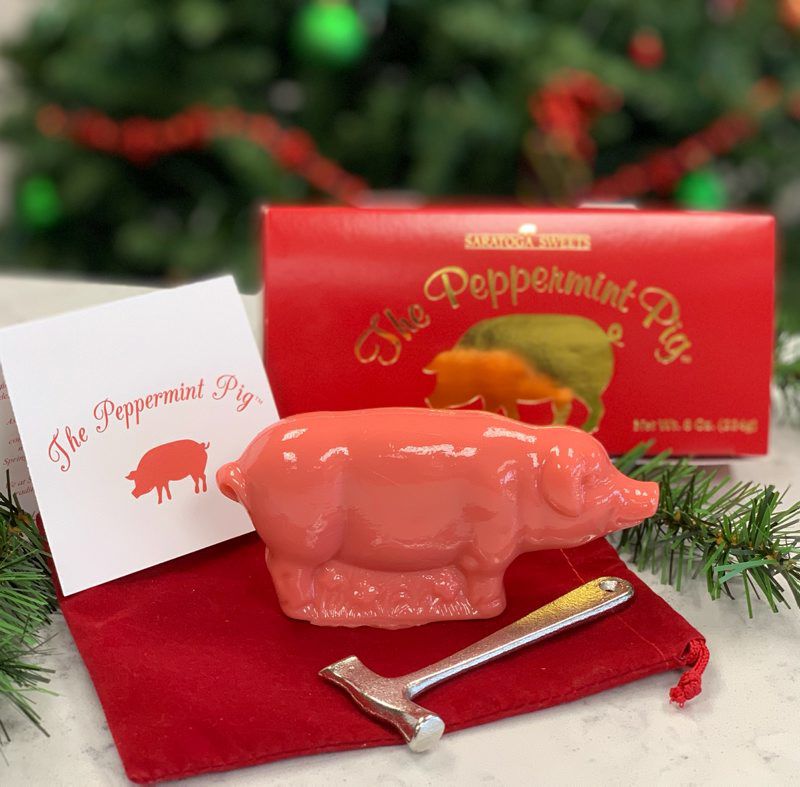
Apparently, it began not in England, but in Saratoga Springs, when in the 1880s a candy maker by the name of Jim Mangay sought to create a signature candy to increase holiday sales. The fact that he selected a peppermint pig is more proof that it was simply ubiquitous as a symbol of good fortune at the time.
The tradition looks so much fun: After dinner on Christmas Eve, the pig is wrapped in a cloth then passed along the table while each person lists a handful of the best things that happened to them in the past year. The tasty bits are then enjoyed while the family continues to visit with each other.
I think this is a piggy tradition worth preserving.
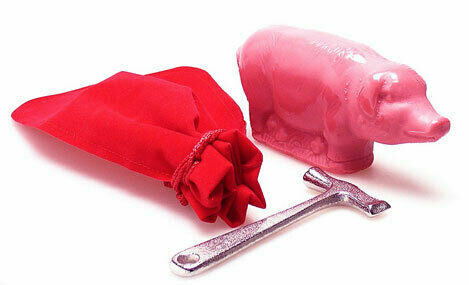
Lemon Pigs
Now if peppermint pigs surprised me, of course learning about lemon pigs did as well.
This piggy tradition is a little more obscure but is apparently a trend that has come and gone since the Victorian era. The first reference to a pig made from lemons and toothpicks is from an 1882 Ballou’s Monthly Magazine article. Curious? It reads:
“She made the lemon pig herself. That is easy enough to do; you have only to stick four sticks in for the legs, a long, pointed stick for the tail, and almost anything will do for the eyes, two more sticks if you havent anything better.”
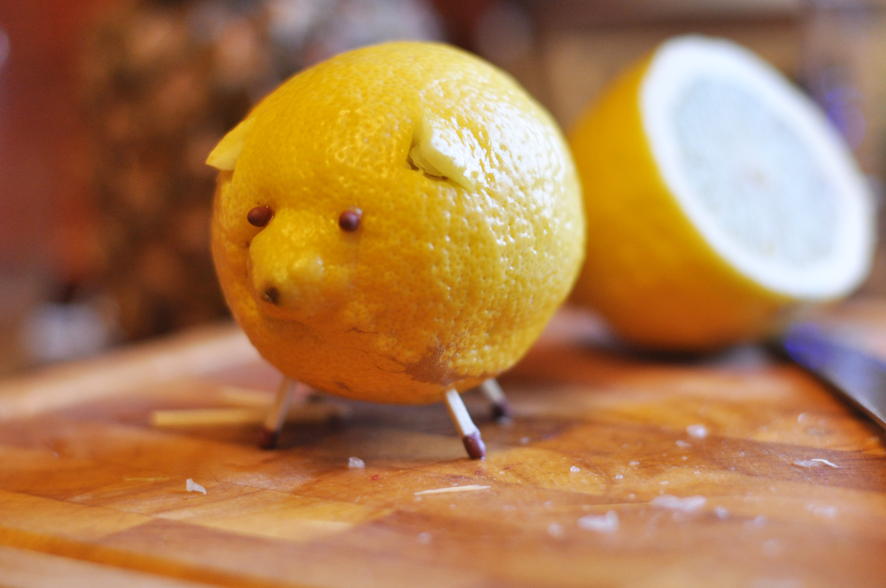
So there you have it! This fruity swine faded from popularity for a few decades after the turn of the century, only to be revived for a time in the 1960s and 1970s. They have now been en vogue for a New Year’s tradition since about 2017, according to Atlas Obscura.

Now let’s return to our original topic, pigs and clovers as New Year’s symbols of luck and fortune for the year ahead:
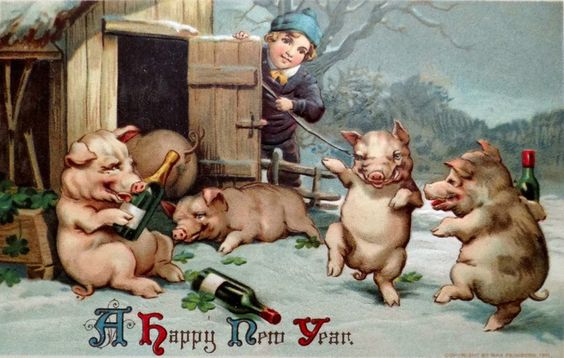
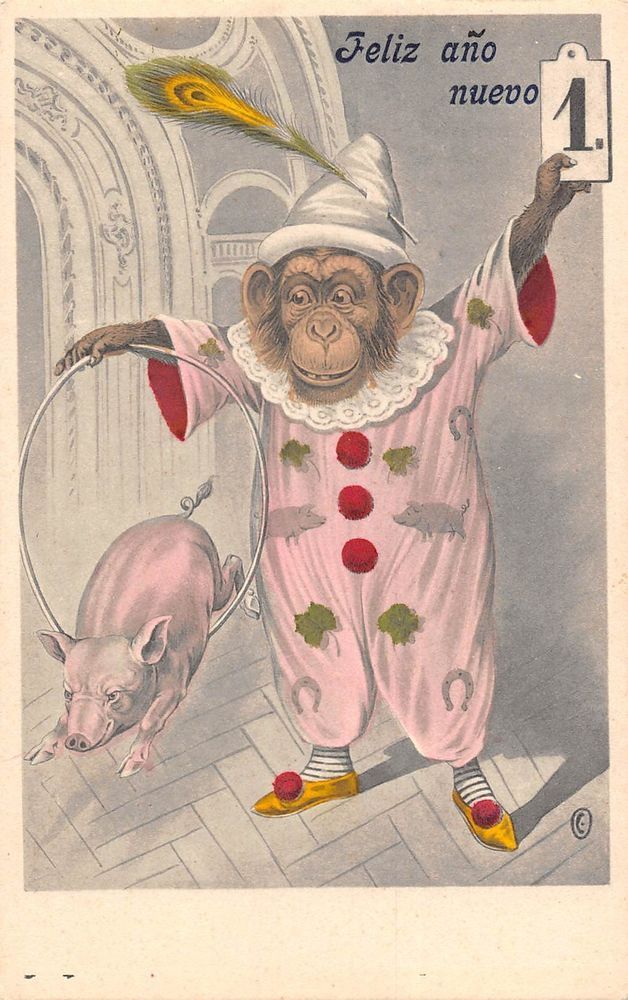
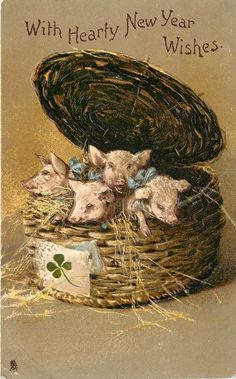
More Victorian holiday fun:
L. Frank Baum’s Life and Adventures of Santa Claus
4 Empowering Depictions of Mrs Claus

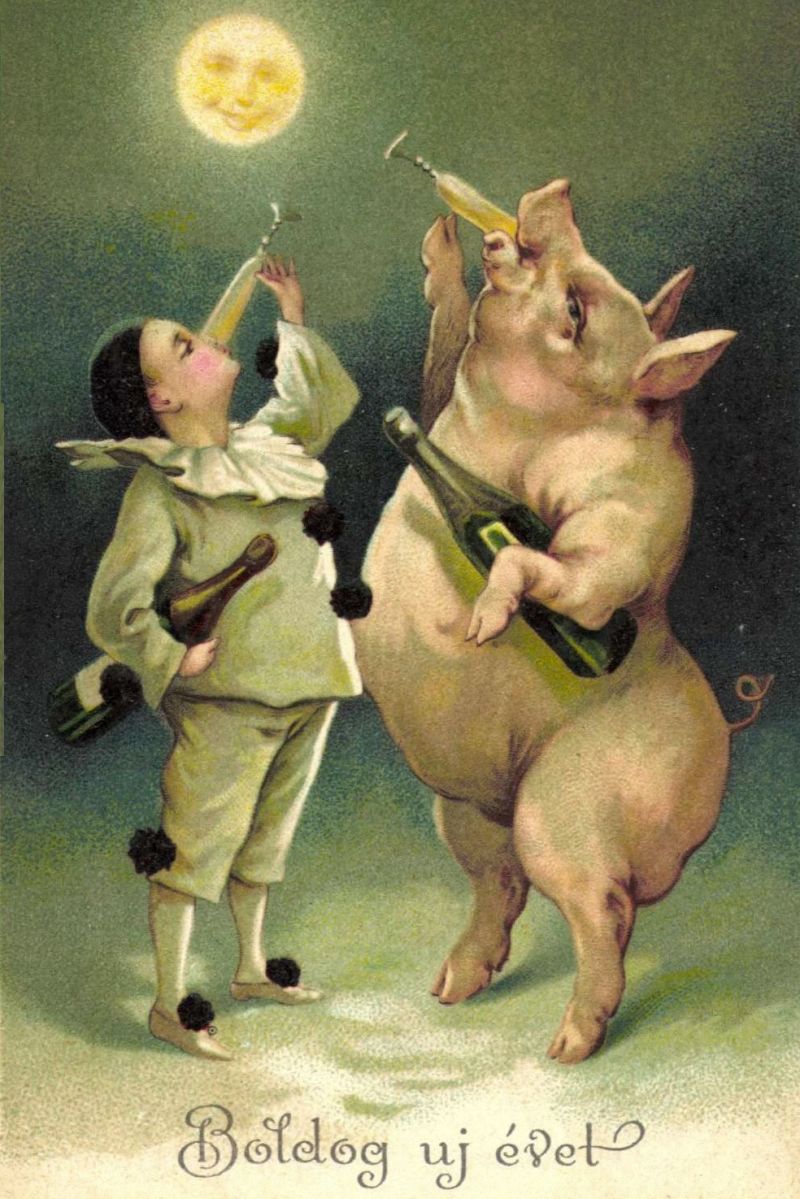


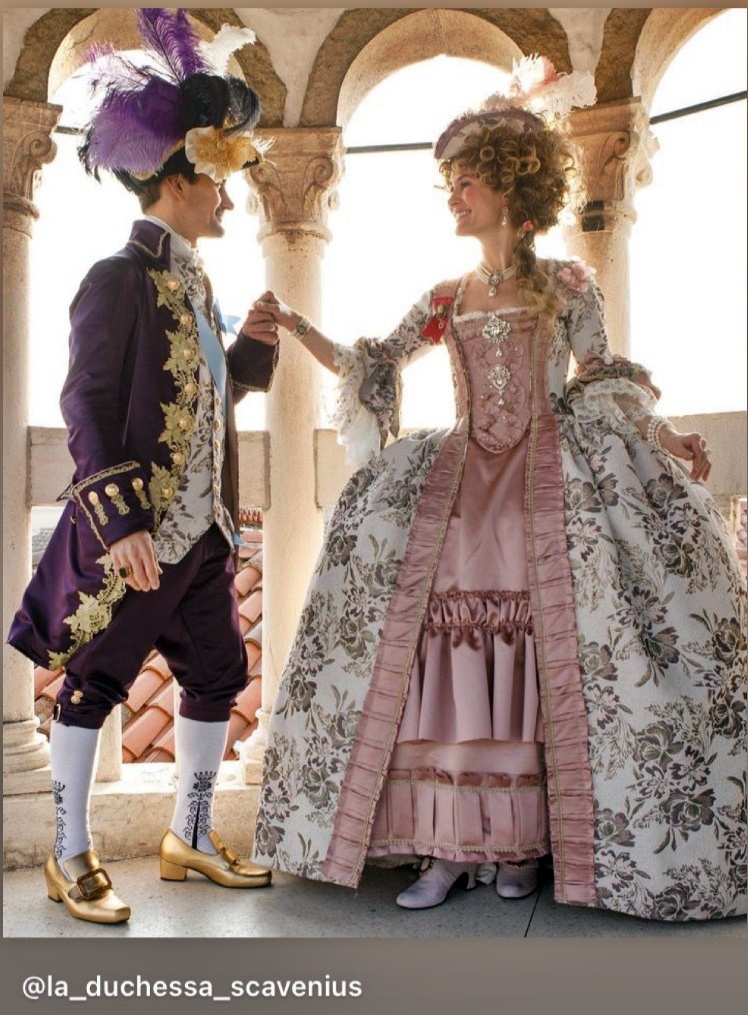
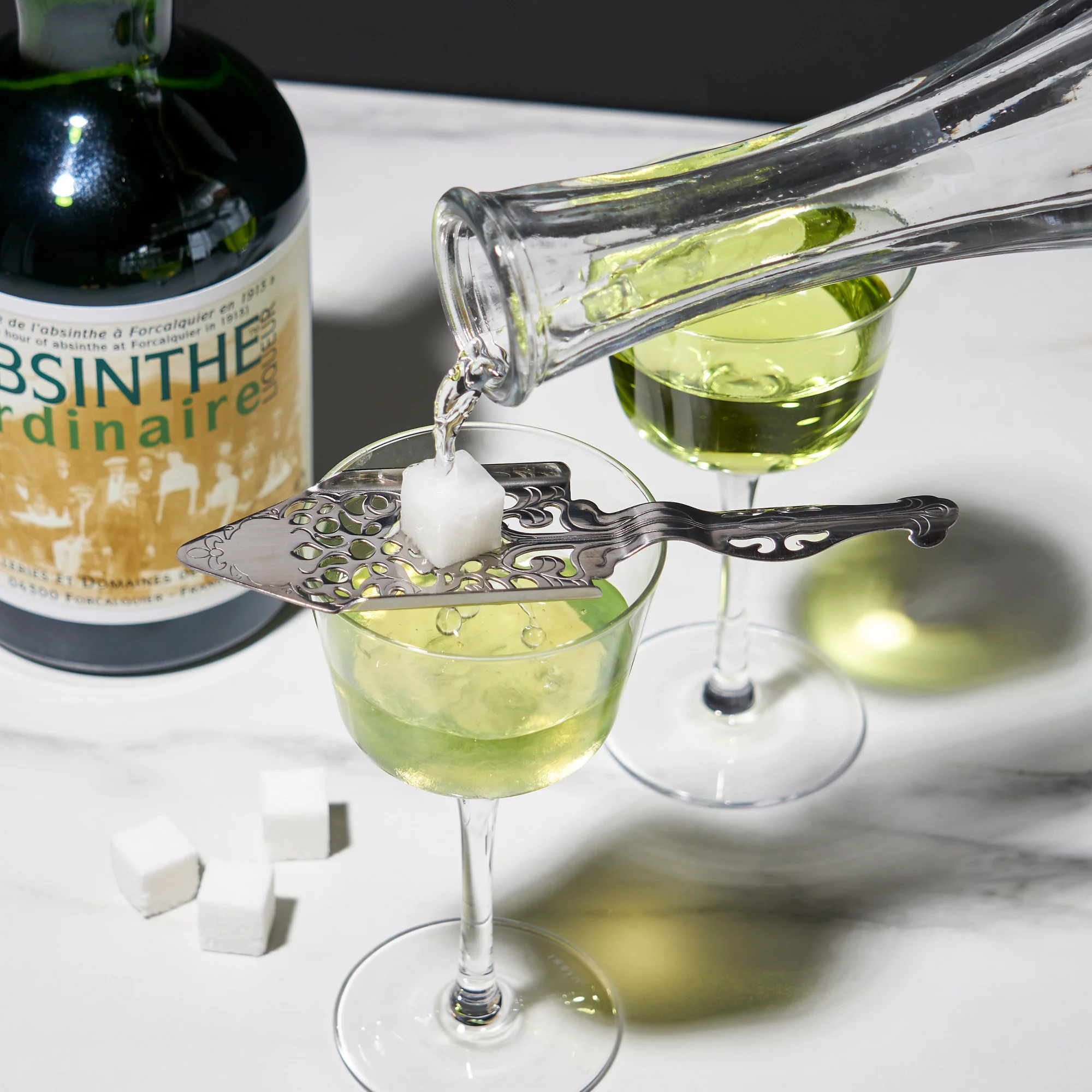



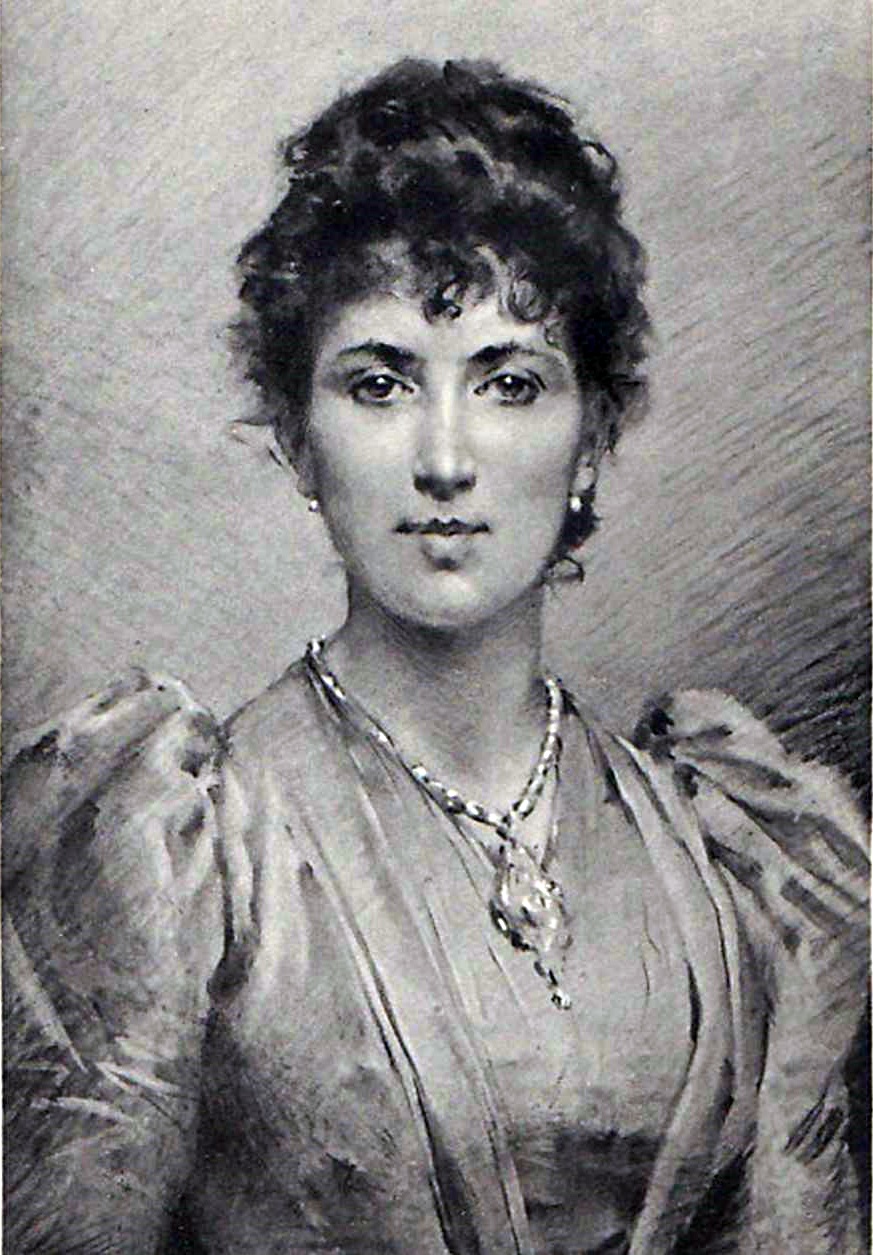




Here in South central Pennsylvania (PA Dutch country), there is a tradition to eat pork and sauerkraut on New Year’s day for good luck. My husband who was born in Lancaster, grew up having every year. I originally from upstate NY, learned about this after moving to the area as a girl but my mother never liked sauerkraut so I never had the dish until I made it after we were married.